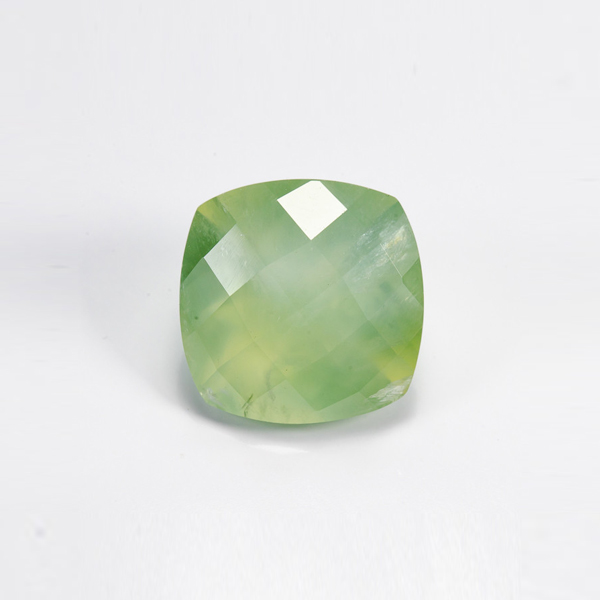Named in 1788 by Werner after its discoverer, German Colonel Hendrik von Prhen, who in 1774 found the mineral at the Cape of Good Hope (South Africa).
It is considered to be the first mineral to be named after a person
:
- Color: Prehnite is usually light green to greenish-yellow in color, although it can also occur in white, gray or brownish tones. The color is often described as soft and calming.
- Transparency: Prehnite can range from translucent to transparent and some specimens exhibit a vitreous or pearly luster. Its transparency can vary depending on the quality of the stone.
- Hardness: Prehnite has a moderate hardness of 6 to 6.50 on the Mohs scale, making it suitable for jewelry. However, it may require gentle handling to avoid scratches and chips.
- Origin: The main deposits of prehnite are found in China, Australia and South Africa.
Different sources can produce prehnite with slight variations in color and clarity . - Uses: Prehnite is commonly used in jewelry, especially in beads, cabochons and carved ornaments.
Its soothing color and soft appearance make it a popular choice for nature-inspired designs.
**Please consult prices according to color and size.








